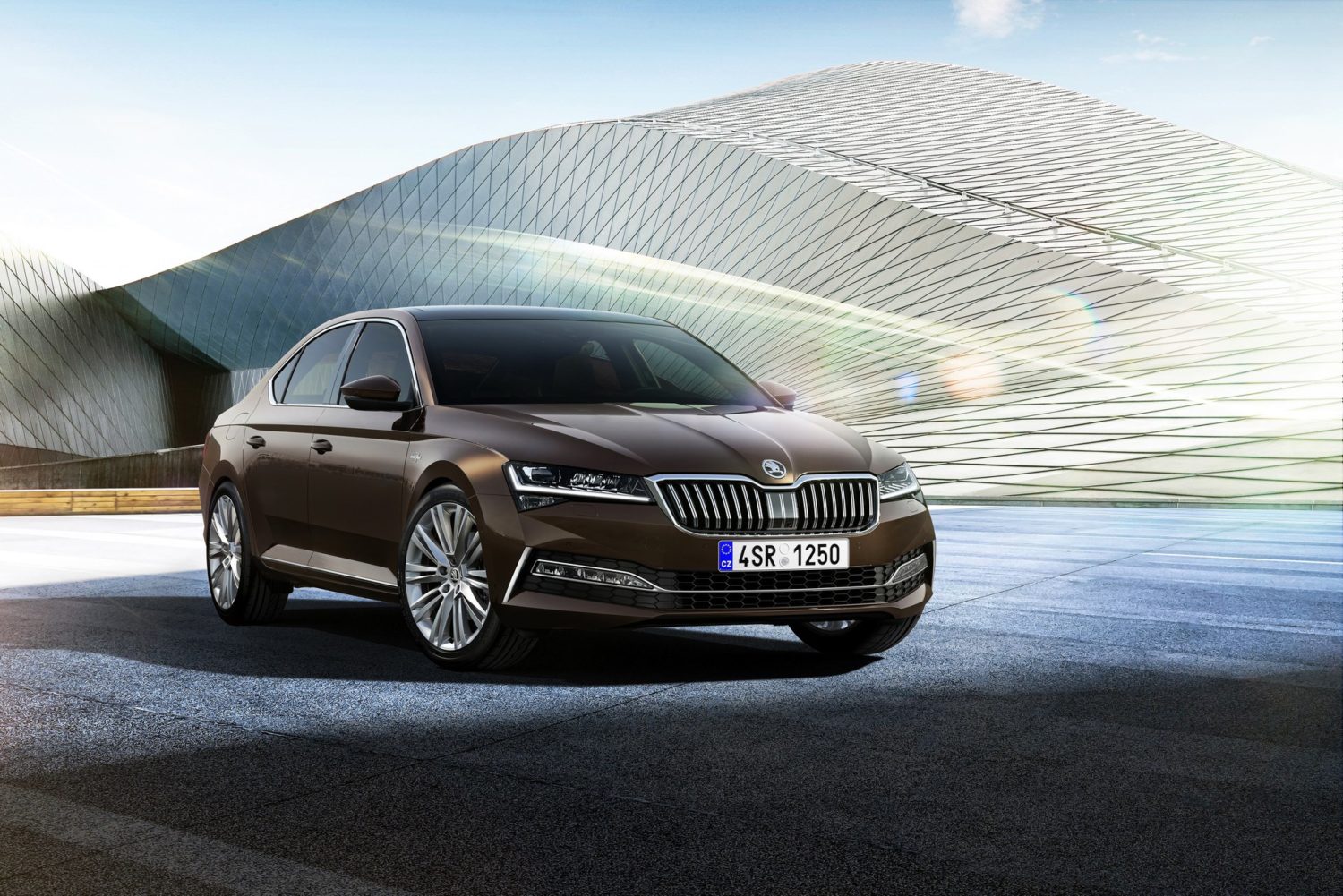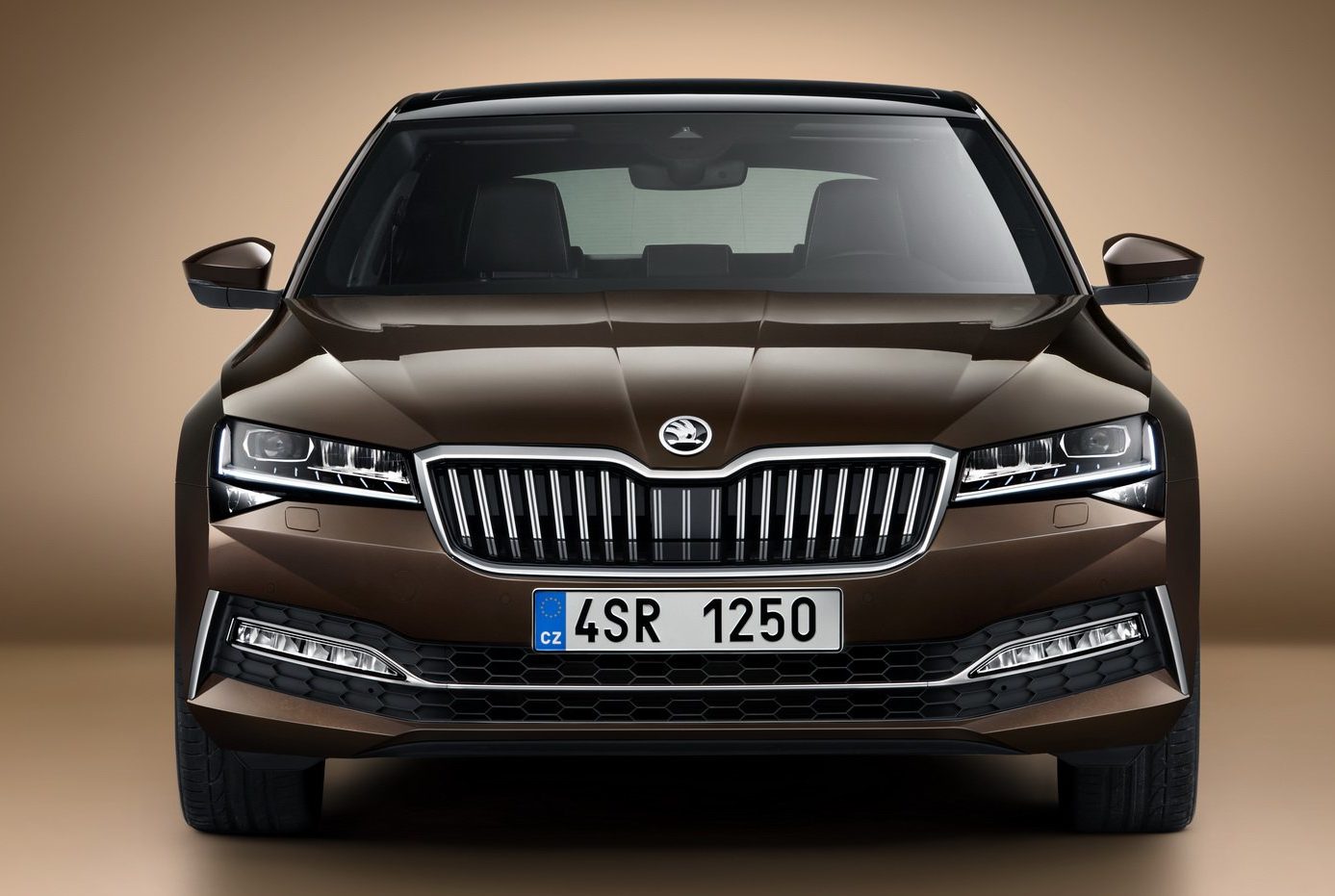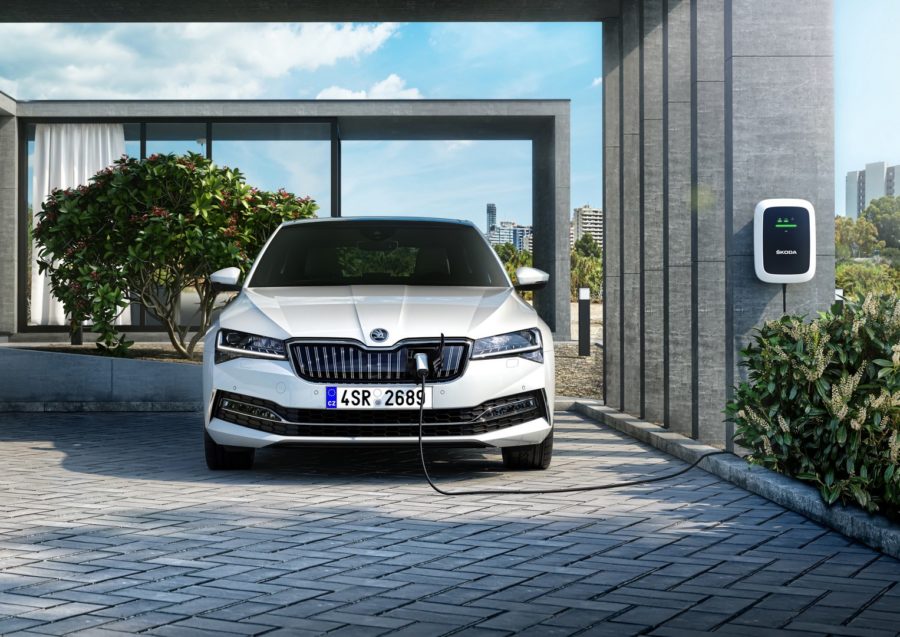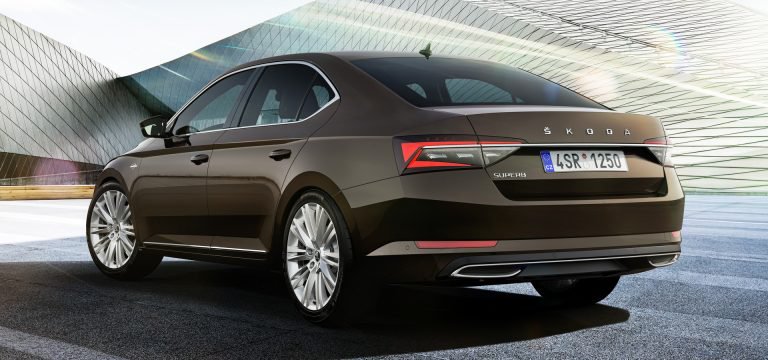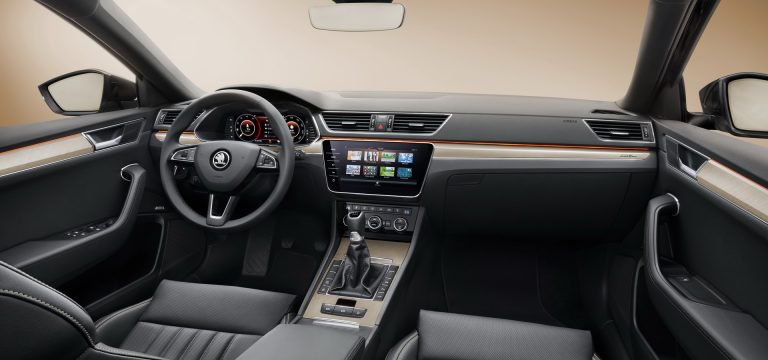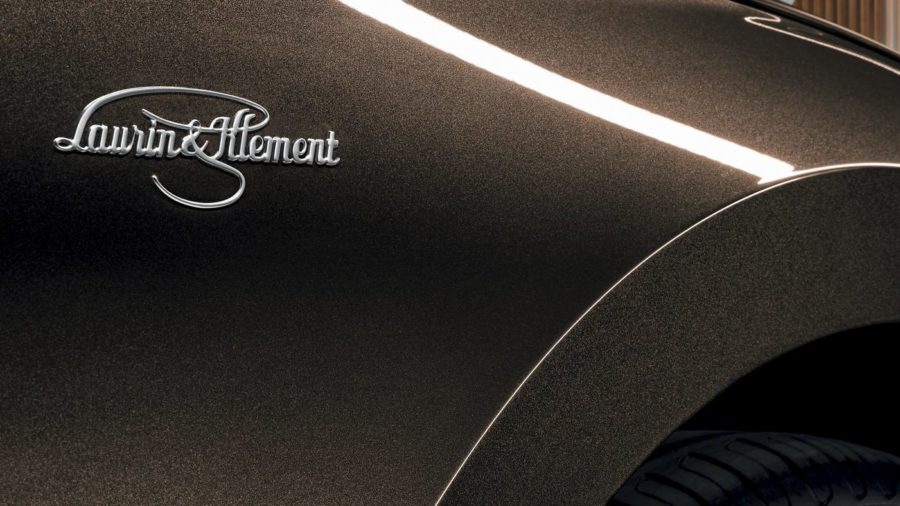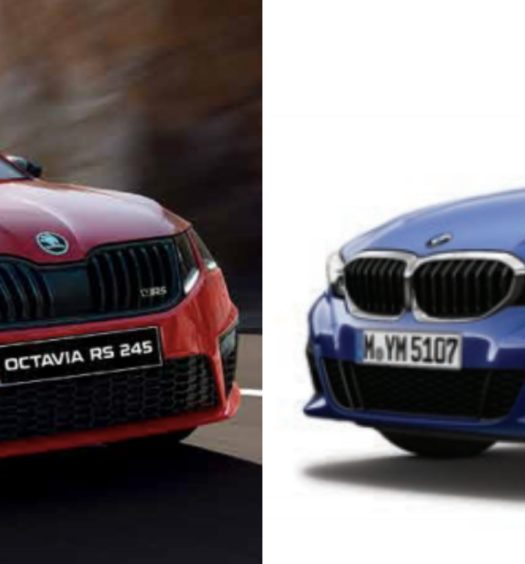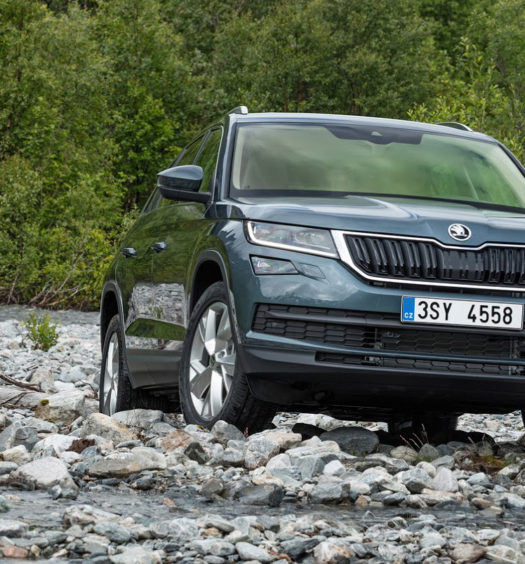Skoda recently pulled the covers off its updated flagship saloon car, the Superb. Amongst the many updates, the Superb received are a plug-in hybrid version, an intricate headlamp unit, various driving assistance features and mildly restyled aesthetics. We go on to explore these updates in further detail.
There are seven powertrains to choose from, one of which is a plug-in hybrid system, which is capable of running 55 km on battery power. The other options are three petrol and three diesel engines spanning across a width of 10 variants, differing from each other by the prime mover and the drive type.
PETROL ENGINES:
- 1.5 TSI (6-speed MT / 7-speed DSG) making 150 PS
- 2.0 TSI (7-speed DSG) making 190 PS
- 2.0 TSI (7-speed DSG + AWD) making 272 PS
DIESEL ENGINES:
- 1.6 TDI (7-speed DSG) making 120 PS
- 2.0 TDI (6-speed manual / 7-speed DSG) making 150 PS
- 2.0 TDI (7-speed DSG with optional AWD) making 190 PS
While all petrol engines are fitted with a petrol particulate filter, the diesel engines have a more elaborate setup comprising of an SCR catalytic converter with a diesel particulate filter, working in conjunction with AdBlue injection.
Aesthetically, the front fascia is longer on both the saloon and the estate version that sell in Europe. The grille comprises of double slats, as found on the Octavia VRS, and penetrates lower into the bumper than the outgoing model. A chrome garnish runs across the length of the boot lid, underlining a new block letter badging that is usually found on butch looking SUVs.
Skoda is particularly proud of the new headlamp unit, which is an all LED ‘Matrix’, called the Skoda Crystal Lighting, with as much etched into the housing. It is a culmination of an LED module for high and low beam; three LED high beam segments, an LED strip for blinkers, static cornering light and DRLs and position lights. Also included are needle-like bulbs, at the lowermost portion of the unit, that are responsible for the light show that ensues when one approaches or recedes from the vehicle. Tail lamps are all LED, with strips for blinkers in which the segments light up successively to grab trailing drivers’ attention quickly. The car also features different lighting modes for various driving and weather conditions.
The car sits on 18 and 19-inch alloy wheels, and colours like Crystal Black and Race Blue have been added to the list of customisation options.
Towards the inside, the cabin is sparse yet elegant, with its premium appeal accentuated by elements like chrome garnishes and contrast stitching. It is also equipped with features like illuminated storage cubbies, and three options of infotainment, namely the Bolero and Amundsen in an 8-inch module, or the Columbus in a 9.2-inch module.
Amongst the plethora of safety features available on the Superb are Predictive Cruise Control and Front Assist with Predictive pedestrian protection, both of which make use of cameras to detect turns or potential collisions and gently apply brakes in evasive manoeuvres. Another highlight is the Emergency Assist that steers the car to the side of the road and even brings it to a complete halt in case of an emergency. Parking is supported by a Trailer Assist and an Area View 360-degree camera feature.
A note on the L&K trim:
The top of the line Laurin and Klement trim is slightly more sophisticated to the penultimate trim. There is decorative badging at key areas around the car. The car sits on 18-inch aerodynamically optimised wheels and has Dynamic Chassis Control. The interior has options of front ventilated seats with driver’s massage function. The roof gets black and beige Alcantara linings to choose from. Canton Sound system is the standard offering, and infotainment comes replete with gesture control and voice command.
The car is available in 4 trim levels, namely Ambition, Style, Sportline and L&K for both the sedan and the station wagon. While the car has been revealed, bookings for the European market are supposed to begin in 2020, further delaying the India innings of the new Skoda Superb.

